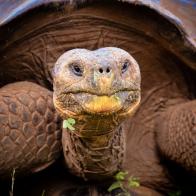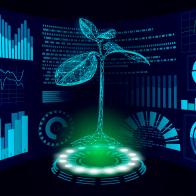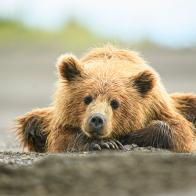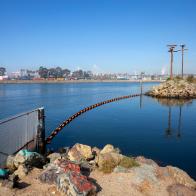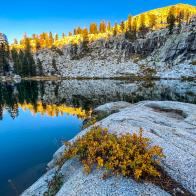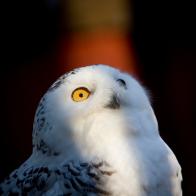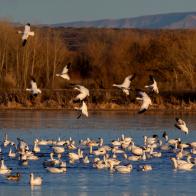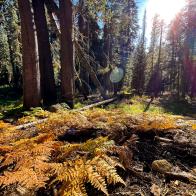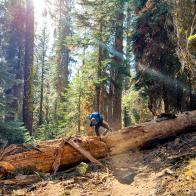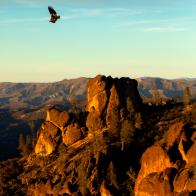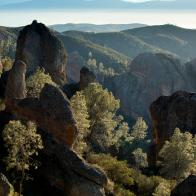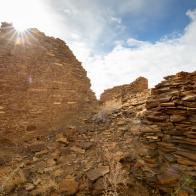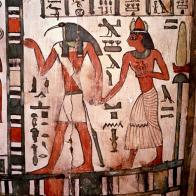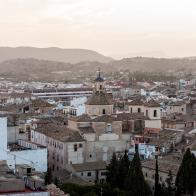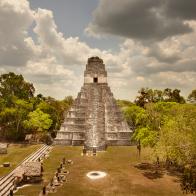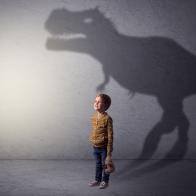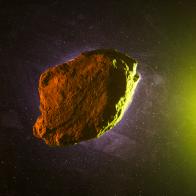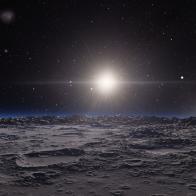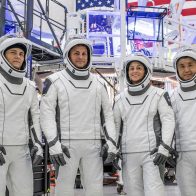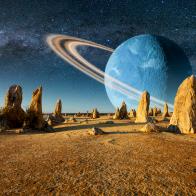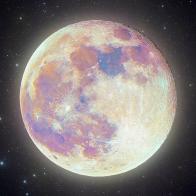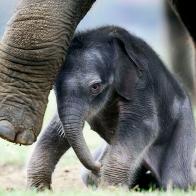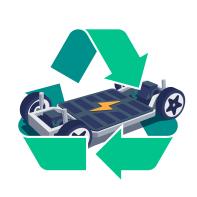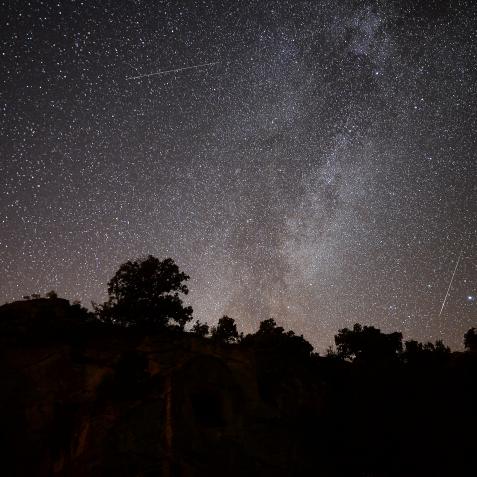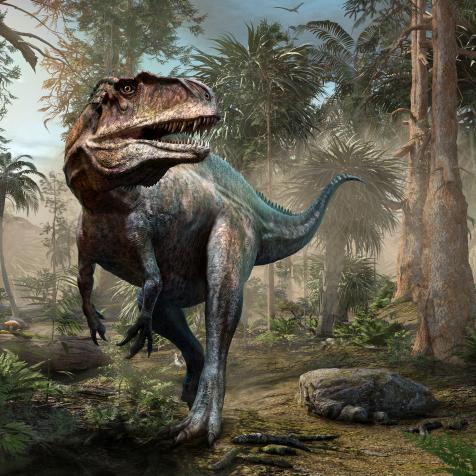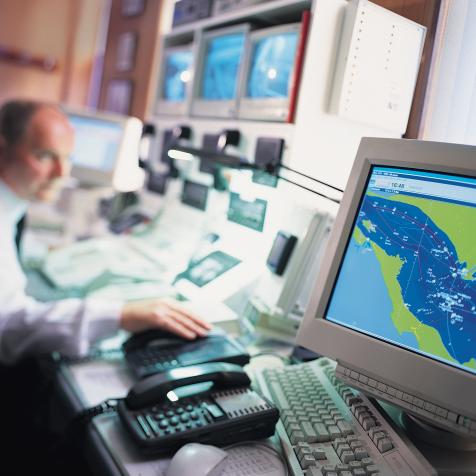
Getty Images/SOPA Images
10 of the Biggest Scientific Discoveries of 2017
Here are some of the biggest scientific breakthroughs of 2017 that might just change the world.
With each lap Earth takes around the sun, a whole lot happens down here on the surface of our planet. The year 2017 was no exception. For science, this year brought discoveries and breakthroughs in everything from cancer and CRISPR to spiky dinosaurs and a lamb grown in a bag. Here are our top picks for the 10 biggest moments in science in 2017:

Emily A. Partridge
1. Scientists successfully grew a lamb in an artificial womb.
It may sound (and look!) like science fiction, but scientists grew lamb fetuses in "artificial wombs" for up to four weeks until their time of birth. This wasn't about lambs though: This technology could have major benefits for human babies born prematurely.

NASA/PL Caltech
2. NASA discovered a record number of Earth-sized planets around a dwarf star called TRAPPIST-1.
In February 2017, NASA's Spitzer Space Telescope revealed the first known system of seven Earth-size planets around a single star, which is located 39.6 light-years from the sun. Dubbed TRAPPIST-1, this star system contains three planets that are firmly in the habitable zone, but all of the planets could potentially have liquid water. This treasure trove of potentially livable planets got us one step closer to the ongoing alien search.

ESO M. Kornmesser/Wikimedia Commons
3. We spotted an interstellar visitor to our solar system for the first time.
On October 18, 2017, astronomers spotted the first interstellar object to pass through our solar system: an asteroid named A/2017 U1. On November 14, 2017, it earned new name, Oumuamua, meaning "a messenger from afar arriving first" in Hawaiian. Don't call it aliens (or do).

NASA/JPL Caltech/Space Science Institute
4. Cassini took a finale dive into Saturn.
Cassini, one of the most ambitious efforts in planetary space exploration, bid its final farewell in September 2017. The 20-year-old spacecraft captured stunning images of Saturn and its moons before plunging to its demise, helping to transform what we knew about the Saturnian system.

Shutterstock
5. CRISPR was used on human embryos for the first time.
CRISPR, a technique that allows scientists to make precision edits to any DNA, is really having its moment. This year, scientists reported selectively altering genes in viable human embryos for the first time. One day, CRISPR could be our ticket to curing all genetic disorders.

NSF LIGO/Sonoma State University/A.Simonnet
6. Scientists saw the head-on collision of neutron stars.
Talk about a light show. About 130 million light-years away, two neutron stars collided in a fantastic display of science. In 2017, scientists caught the resulting gravitational waves and light show in the first detection of its kind.

Shutterstock
7. Cancer-fighting CAR-T cell therapy treatments became the first gene therapies ever approved by the FDA.
Gene therapy became a reality in 2017, giving some cancer patients more hope than ever. The FDA approved two treatments that re-engineer a patient's healthy cells to hunt down and fight cancer cells. These CAR-T cell therapy treatments work in people with certain blood cancers, whose cancers haven't responded to other treatments.

Philipp Gunz/MPI EVA Leipzig
8. We discovered that humans are older than we thought.
In June 2017, anthropologist Jean-Jacques Hublin and his team from the Max Planck Institute found ancient bones came from people who lived about 300,000-350,000 years ago. This find suggested that the first Homo sapiens showed up more than 100,000 years earlier than we thought, and in a place no one really expected: Morocco.

Government of Alberta/Flickr
9. Scientists uncovered a few incredibly well-preserved dinosaurs.
Who would've thought that 2017 would be so big for dinosaurs? A team at Royal Tyrrell Museum of Palaeontology in Alberta, Canada brought us closer than ever to understanding our massive planetary ancestors by introducing us to Zuul crurivastator. They discovered a "dinosaur mummy" that had guts, armor, and even some skin intact.
Then, in December, scientists discovered a 100 million-year-old piece of amber encasing several preserved ticks, including one latched onto a dinosaur feather and another engorged with dinosaur blood. This is the oldest such preserved specimen of the parasite, and it showed that even dinos hated ticks. (Before you ask, no — there's almost no chance of going full Jurassic Park with the dino blood in its belly).

SpaceX
10. SpaceX successfully flew the first-ever reused rocket.
It's tempting to have an item in this list that simply reads "Elon Musk exists," but we will fight that urge. In 2017, Musk's SpaceX successfully recycled a rocket for the first time in space flight history. Not to be outdone by, well, himself, Musk led his company to launch the first reused Dragon spacecraft atop a reused Falcon 9 rocket later in the same year.
This article first appeared on Curiosity.com.














